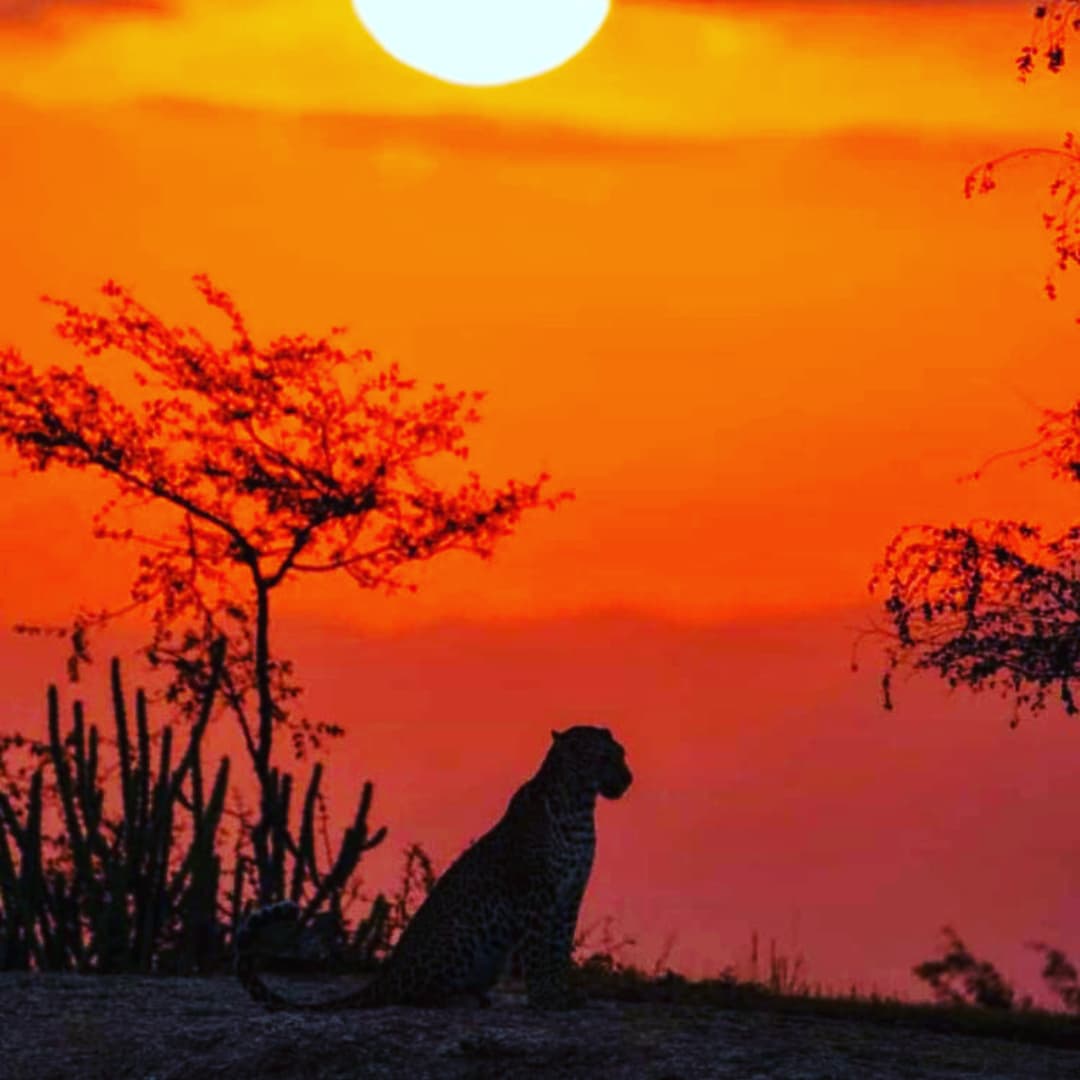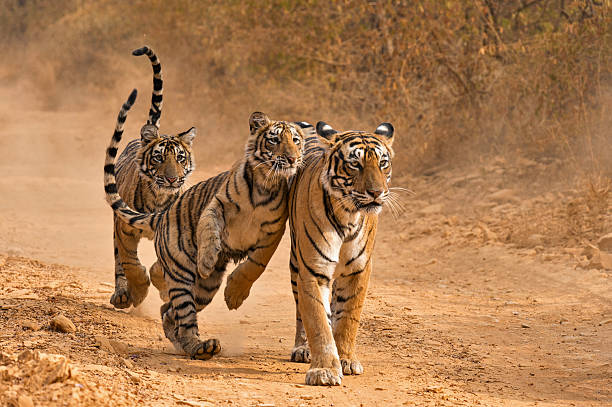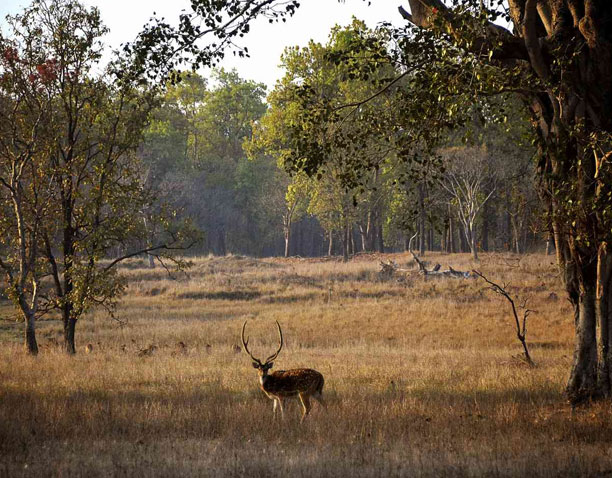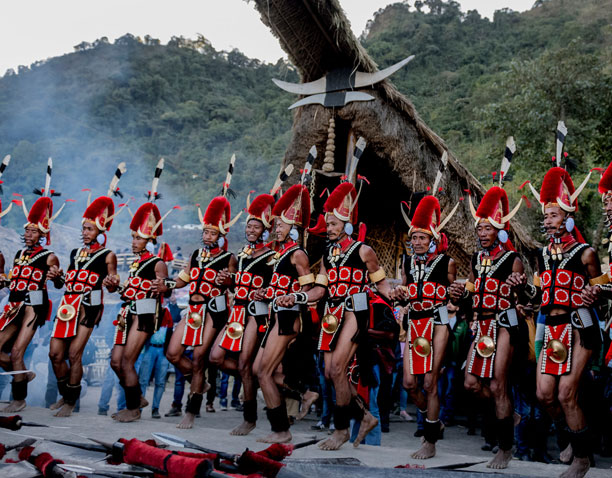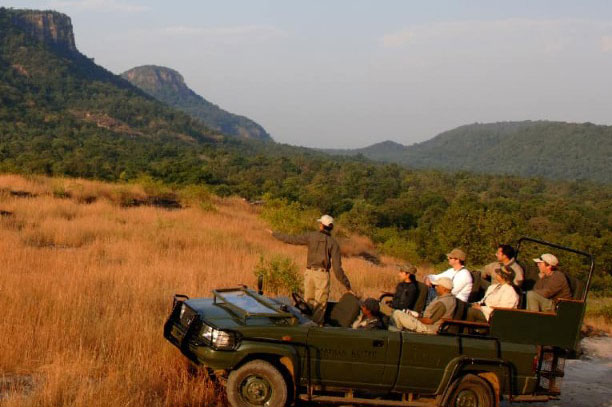Introduction to Tiger Safaris in India
India is a land of diverse wildlife, and if you have an adventurous spirit, a tiger safari should be on your bucket list. The thrill of encountering the magnificent Royal Bengal Tiger in its natural habitat is an experience like no other. India boasts of several national parks that offer exceptional opportunities for tiger sightings. In this article, we will delve into the top five national parks for tiger safaris in India, the Indian tiger population, conservation efforts, the best time to plan your safari, and tips for an unforgettable adventure.
Top 5 National Parks for Tiger Safaris in India
India is home to some of the most renowned national parks where you can embark on a thrilling tiger safari. Let’s explore the top five national parks that promise incredible encounters with these majestic creatures:
1. Bandhavgarh National Park
Located in Madhya Pradesh, Bandhavgarh National Park is known for its high density of tigers. It offers a picturesque landscape, dense forests, and ancient ruins, making it an ideal destination for wildlife enthusiasts. The park’s highlight is the Bandhavgarh Fort, perched atop a hill, which provides a mesmerizing backdrop for tiger sightings.
2. Ranthambore National Park
Situated in Rajasthan, Ranthambore National Park is one of the most visited tiger reserves in India. The park’s unique feature is the Ranthambore Fort, a UNESCO World Heritage Site. It offers a perfect blend of history and wildlife, with numerous lakes and dense forests that serve as a natural habitat for tigers, leopards, and other wildlife species.
3. Kanha National Park
Located in Madhya Pradesh, Kanha National Park is often referred to as the inspiration behind Rudyard Kipling’s “The Jungle Book.” This park is renowned for its lush green meadows, dense forests, and abundant wildlife. Kanha is not only home to tigers but also provides an excellent opportunity to spot sloth bears, Indian wild dogs, and the elusive Barasingha, a species of deer.
4. Jim Corbett National Park
Nestled in the foothills of the Himalayas in Uttarakhand, Jim Corbett National Park is the oldest national park in India. It is named after the legendary hunter-turned-conservationist, Jim Corbett. This park offers a unique blend of hills, rivers, and grasslands, providing diverse habitats for tigers, elephants, deer, and a variety of bird species.
5. Sundarbans National Park
Situated in West Bengal, the Sundarbans National Park is a UNESCO World Heritage Site and one of the largest mangrove forests in the world. It is famous for its unique ecosystem and being the only place on Earth where tigers are found in the mangrove habitat. Exploring this national park on a boat safari is an extraordinary experience, offering a chance to witness the symbiotic relationship between tigers and the mangrove ecosystem.
Choosing the Best Time for a Tiger Safari
To maximize your chances of tiger sightings and enhance your overall safari experience, it is essential to choose the best time to visit. The climate and vegetation in national parks greatly influence tiger movements and visibility. The ideal time for a tiger safari in India is during the dry season, which varies depending on the region.
In central and northern India, the dry season typically spans from October to June. The months of April to June are particularly rewarding for tiger sightings as the vegetation thins out, and the animals gather around water sources. In southern India, the dry season lasts from December to March, offering excellent opportunities for tiger sightings.
It is important to note that national parks have different opening and closing months, and some parks remain closed during the monsoon season. Therefore, it is advisable to check the specific park’s timings and plan your visit accordingly.
Planning Your Tiger Safari Adventure
Planning a tiger safari adventure requires thoughtful consideration to ensure a seamless and memorable experience. Here are some essential aspects to keep in mind:
Research and Choose the Right National Park
Each national park in India has its unique offerings, landscapes, and wildlife. Researching the parks and understanding what they specialize in can help you make an informed decision. Consider factors such as tiger density, other wildlife species you wish to encounter, and the overall experience you desire.
Book Accommodation in Advance
To avoid any last-minute hassles, it is recommended to book your accommodation well in advance. Most national parks have limited options for lodging, ranging from luxury resorts to budget-friendly guesthouses. Booking early ensures that you secure your preferred choice and enjoy a comfortable stay amidst nature.
Hire an Experienced Guide
A knowledgeable and experienced guide can greatly enhance your tiger safari experience. They know the park’s terrain, animal behavior, and can help you spot wildlife more effectively. Look for certified guides who have a deep understanding of the park and its inhabitants.
Pack Appropriately
When going on a tiger safari, it is essential to pack appropriately. Carry lightweight, neutral-colored clothing that blends with the surroundings. Opt for comfortable and sturdy footwear for walking safaris. Don’t forget essentials such as sunscreen, insect repellent, a hat, binoculars, and a camera with a zoom lens to capture those incredible wildlife moments.
Wildlife and Experiences to Expect on a Tiger Safari
A tiger safari in India is not just about spotting tigers; it offers a plethora of wildlife and experiences that will leave you in awe. Apart from tigers, you can encounter various other majestic creatures such as leopards, elephants, sloth bears, Indian wild dogs, and a wide array of bird species. The national parks are teeming with life, and each safari brings a new surprise.
Apart from wildlife sightings, you can indulge in bird watching, nature walks, and exploring the park’s unique landscapes. Witnessing a tiger’s stealthy hunt, observing an elephant herd, or watching a leopard gracefully lazing on a tree branch are moments that will stay etched in your memory forever.
Accommodation Options Near the National Parks
National parks in India offer a range of accommodation options to suit different preferences and budgets. Here are a few choices near the top national parks for tiger safaris:
Bandhavgarh National Park
- Luxury: Tree House Hideaway, Mahua Kothi, Taj Baghvan
- Mid-range: Bandhav Vilas, Tiger’s Den Resort
- Budget: Aranyak Resort, Bandhavgarh Meadows
Ranthambore National Park
- Luxury: Aman-i-Khas, Sher Bagh, Nahargarh Ranthambhore
- Mid-range: Tiger Den Resort, Ranthambore Kothi
- Budget: Hammir Wildlife Resort, Ranthambore Jungle Cave
Kanha National Park
- Luxury: Singinawa Jungle Lodge, Banjaar Tola, Shergarh Tented Camp
- Mid-range: Kanha Earth Lodge, Kanha Jungle Lodge
- Budget: Bagh Villas Jungle Camp, Mogli Resort
Jim Corbett National Park
- Luxury: The Riverview Retreat, Aahana The Corbett Wilderness, The Solluna Resort
- Mid-range: The Golden Tusk, Corbett The Grand, The Den Corbett
- Budget: Corbett Tiger Den Resort, Corbett Wild Iris Spa & Resort
Sundarbans National Park
- Luxury: Sunderban Tiger Camp, Sundarbans Jungle Camp
- Mid-range: Sundarbans Mangrove Retreat, Tiger Roar Resort
- Budget: Sundarbans Tiger Camp Resort, Sundarban Tiger Safari
Tips for Capturing the Best Wildlife Photographs on Your Safari
Photographing wildlife on a tiger safari is an exhilarating experience. Here are some tips to help you capture stunning wildlife photographs:
- Be patient: Wildlife sightings can be unpredictable. Patience is key to capturing those perfect moments. Spend time observing animal behavior and wait for the right opportunity to click.
- Use the right equipment: Invest in a good DSLR or mirrorless camera with a zoom lens. A telephoto lens with a focal length of at least 300mm is ideal for wildlife photography. Tripods or monopods can also be useful for stability.
- Focus on the eyes: The eyes of an animal convey emotion and add depth to your photographs. Ensure that the eyes are sharp and in focus.
- Experiment with angles and compositions: Try different angles and compositions to add variety to your photographs. Capture close-ups, wide-angle shots, and environmental portraits to tell a complete story.
- Understand lighting: Lighting plays a crucial role in photography. Early morning and late afternoon light offer soft, warm hues, which can enhance the mood of your images. Avoid harsh midday sunlight as it can create harsh shadows.
- Respect wildlife and their habitat: Remember to maintain a safe distance from the animals and respect their space. Do not disturb or provoke them for the sake of a photograph.
- Practice ethical photography: Ensure that your photography practices do not harm or disrupt the wildlife. Follow guidelines provided by your guide or the park authorities.
Safety Precautions and Guidelines for Tiger Safaris
While tiger safaris are thrilling adventures, it is essential to prioritize safety. Here are some safety precautions and guidelines to follow during your tiger safari:
- Listen to your guide: Your guide is well-versed with the park’s rules and wildlife behavior. Pay attention to their instructions and follow their guidance.
- Stay inside the vehicle: It is strictly prohibited to get out of the vehicle during safari drives. Animals are wild, and approaching them can be dangerous.
- Keep a safe distance: Maintain a safe distance from animals, especially tigers. It is important to respect their space and avoid any potential conflicts.
- Do not litter: National parks are pristine ecosystems, and it is crucial to keep them clean. Dispose of any waste properly and refrain from littering.
- Avoid excessive noise: Loud noises can startle animals and disrupt their natural behavior. Keep noise levels to a minimum and enjoy the serenity of the wilderness.
Conclusion: Embrace the Thrill of a Tiger Safari in India’s Stunning National Parks
Embarking on a tiger safari in India is an extraordinary adventure that allows you to connect with nature and witness the beauty of these elusive creatures. With the top five national parks offering exceptional opportunities for sightings, you have the chance to immerse yourself in the wild and create memories that will last a lifetime.
As you plan your tiger safari, remember to choose the right national park, book accommodation in advance, and hire an experienced guide. Pack appropriate gear and follow ethical wildlife photography practices to capture stunning photographs. While enjoying the safari, prioritize safety and respect the wildlife and their habitat.
Unleash your adventurous spirit and embrace the thrill of a tiger safari in India’s stunning national parks. Witness the awe-inspiring beauty of tigers, encounter diverse wildlife, and immerse yourself in the untamed wilderness. Let the magic of India’s tiger safaris leave an indelible mark on your soul.
Book your Indian luxury wildlife tour with Castle and King and embark on an unforgettable journey into the realm of tigers and wildlife!
If you wish to receive more information or to begin crafting your personalized journey to India, please do not hesitate to reach out to us.
info@castleandking.com// +91 9818885102



